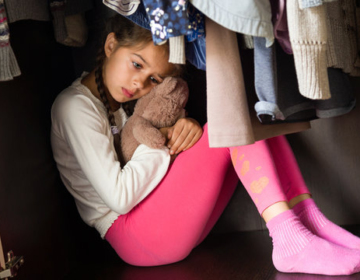People with disabilities face higher rates of abuse and violence. Women with disabilities are more likely to experience sexual violence and abuse from intimate partners.
Women with disabilities can face different types of abuse and violence, just like other women. However, they also deal with unique problems that can make it harder for them to get help.
Here are some examples:
- Physical Abuse: This can include actions that cause physical harm or pain. Examples are hitting, slapping, or pushing. It also includes not giving needed medications, taking away support services, or physically restraining someone.
- Sexual Violence: This can involve being forced to do sexual acts in return for care or help.
- Emotional Abuse: This includes being threatened with being sent to a care facility against their will or being prevented from seeing family and friends.
- Economic Abuse: This involves stealing money or disability payments.
- Coercive Control: This is when someone tricks another person into thinking that abuse is normal in all relationships.
- Reproductive Abuse: This can involve being forced to have a medical procedure like sterilisation without consent. Sterilisation means making it impossible for someone to have children.
Getting Help
Women with Disabilities Australia has created a free resource with information on violence, abuse, and safety. This resource was made with the help of women, girls, and gender-diverse people with disabilities.
If you or someone you know has experienced abuse, remember it is not your fault. Nothing justifies this violence. Help is available.
1800RESPECT: Call 1800 737 732 for confidential help and advice.
Legal Aid Services: Offer free legal advice and help. They can explain your rights and help you with legal issues. You can contact legal aid in your state or territory here.
For more information and support, visit our Support Services Page.

